Solutions
Stay up to date
Don’t miss the latest news
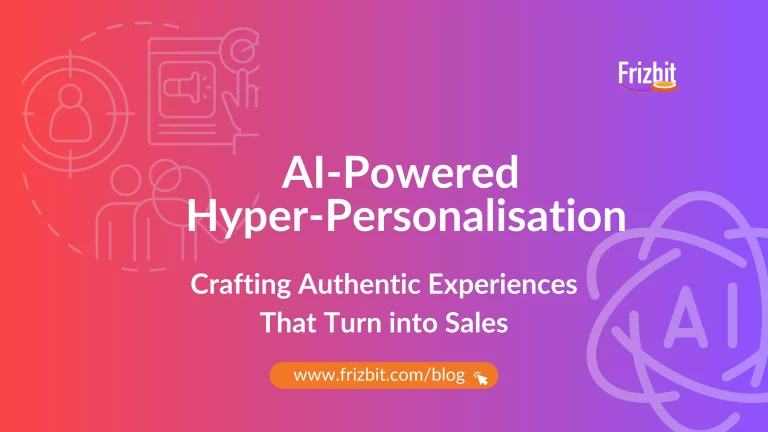
Personalisation
AI-Powered Hyper-Personalisation: Crafting Authentic Experiences That Turn into Sales
Customers now expect brands to offer experiences that reflect their unique preferences and needs—not just greeting them by their first name.
Read post
All posts
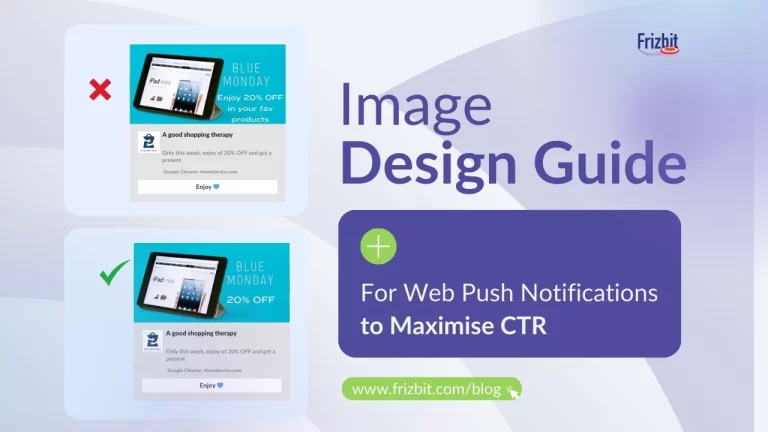
08/04/2024
Images for Push Notifications: Easy Design Guide to Maximise CTR
Web Push Notifications
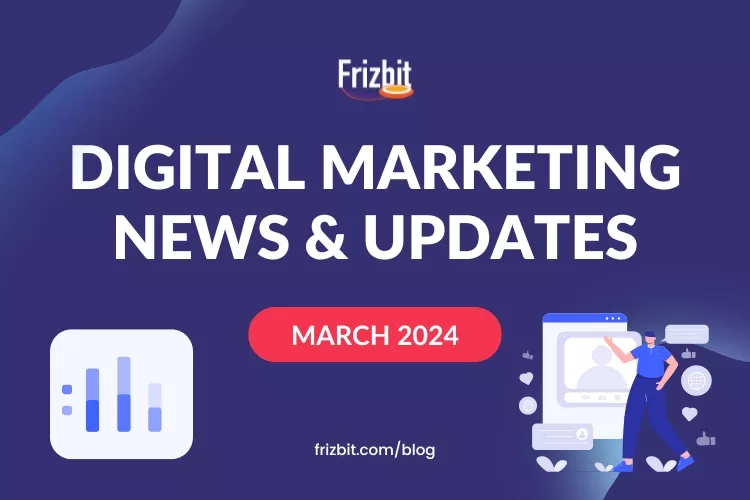
02/04/2024
Digital Marketing Updates and News | March 2024
Digital Marketing Updates, Insights and Strategy in 2025
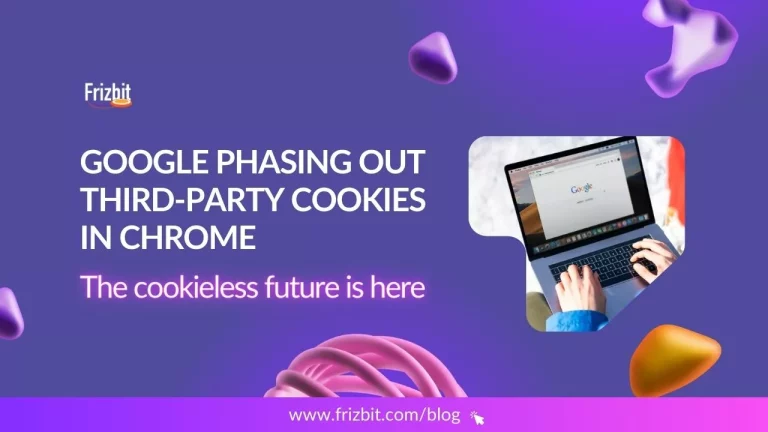
19/03/2024
Google phasing out third-party cookies in Chrome: Leverage the cookieless future
Digital Marketing Updates, Insights and Strategy in 2025
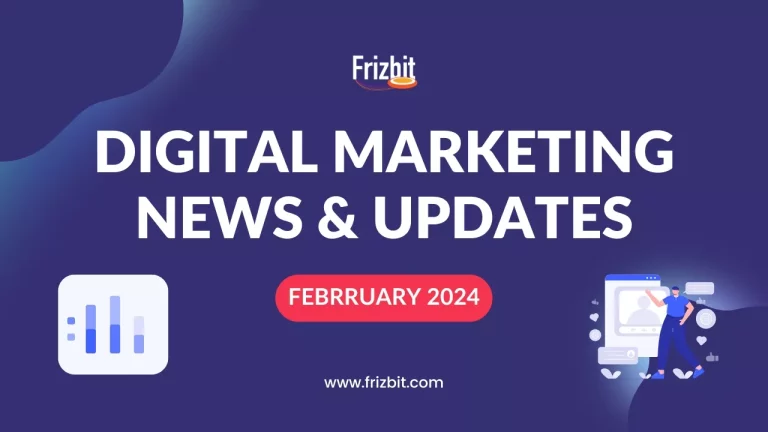
04/03/2024
Digital Marketing Updates & News from February 2024
Digital Marketing Updates, Insights and Strategy in 2025

01/02/2024
Digital Marketing Updates & News from January 2024
Digital Marketing Updates, Insights and Strategy in 2025
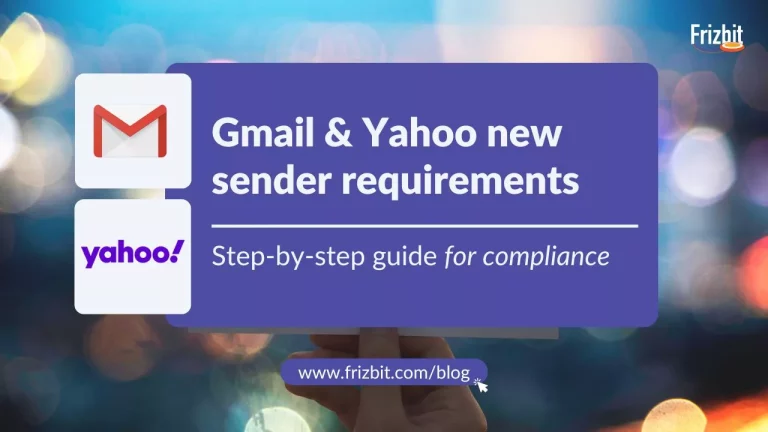
31/01/2024
Gmail & Yahoo new sender requirements – Step-by-step guide for compliance
Email Marketing
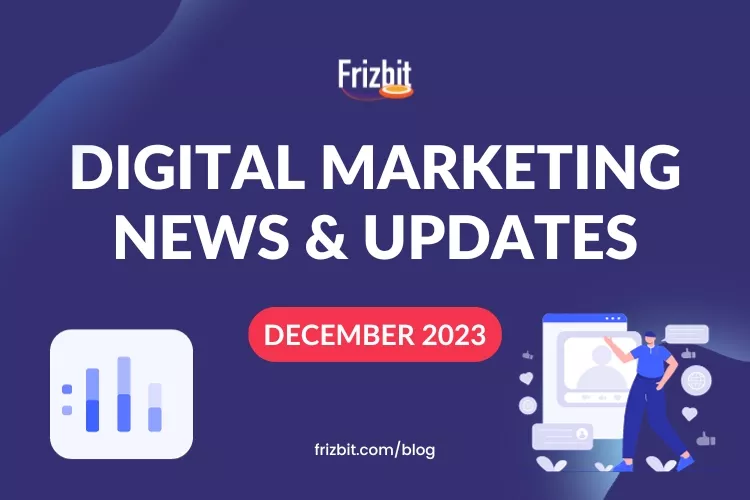
29/12/2023
Digital Marketing News & Updates from December 2023
Digital Marketing Updates, Insights and Strategy in 2025
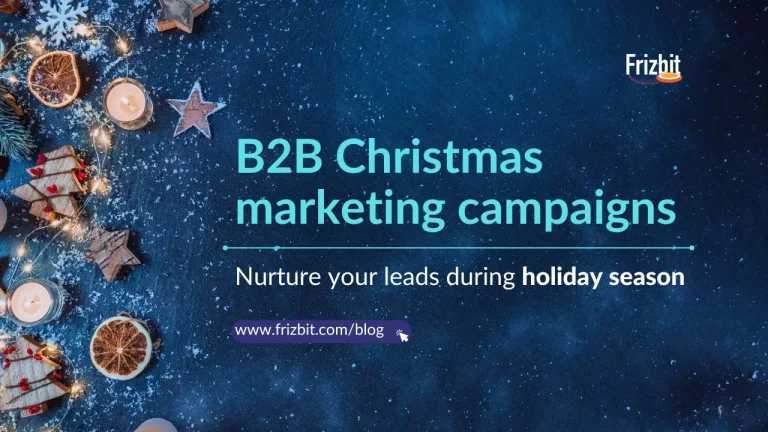
18/12/2023
B2B Christmas marketing campaigns: nurture your leads during holiday season
Digital Marketing Updates, Insights and Strategy in 2025
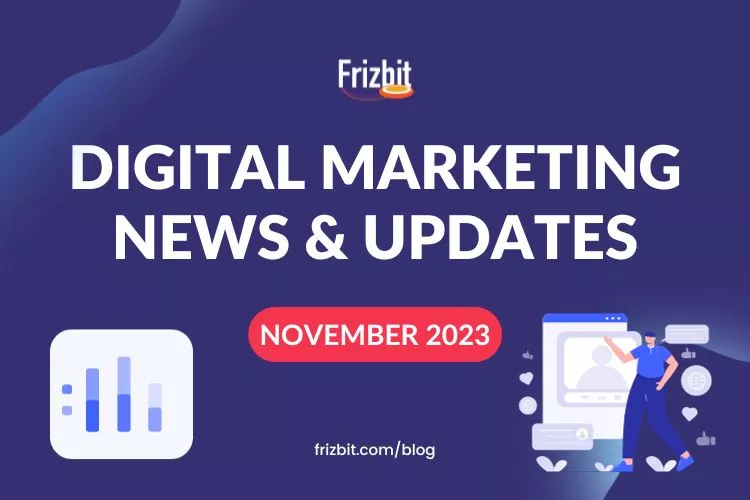
05/12/2023
Digital Marketing News & Updates from November 2023
Digital Marketing Updates, Insights and Strategy in 2025
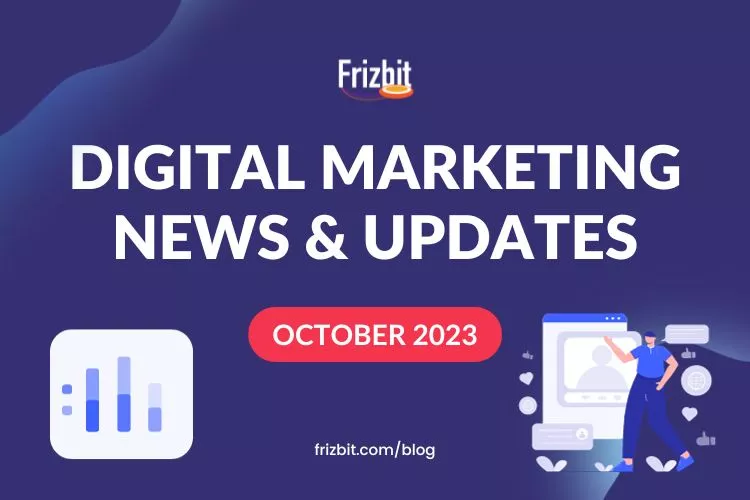
05/12/2023
Digital Marketing News & Updates from October 2023
Digital Marketing Updates, Insights and Strategy in 2025
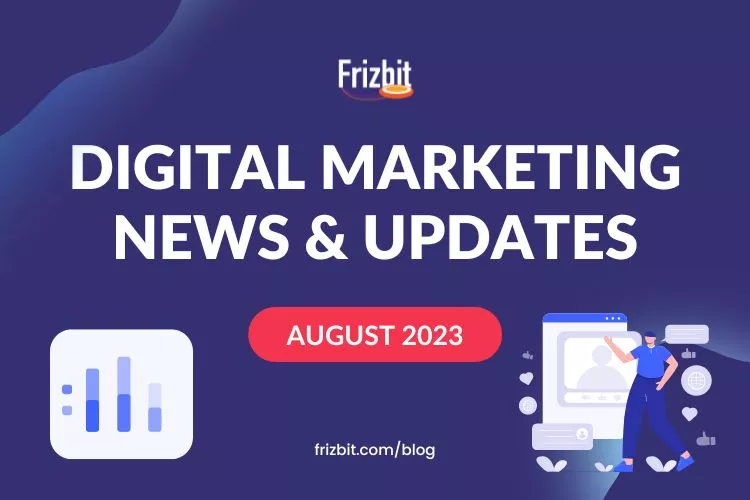
04/10/2023
Digital Marketing News & Updates from August 2023
Digital Marketing Updates, Insights and Strategy in 2025
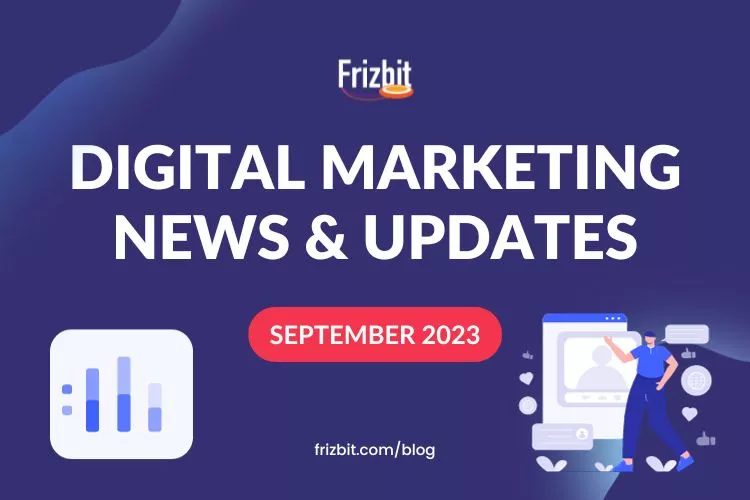
04/10/2023
Digital Marketing News & Updates from September 2023
Digital Marketing Updates, Insights and Strategy in 2025
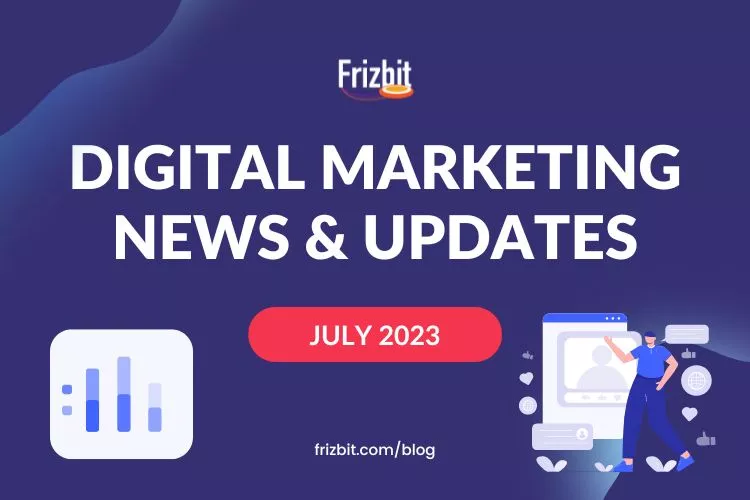
07/09/2023
Digital Marketing News & Updates from July 2023
Digital Marketing Updates, Insights and Strategy in 2025
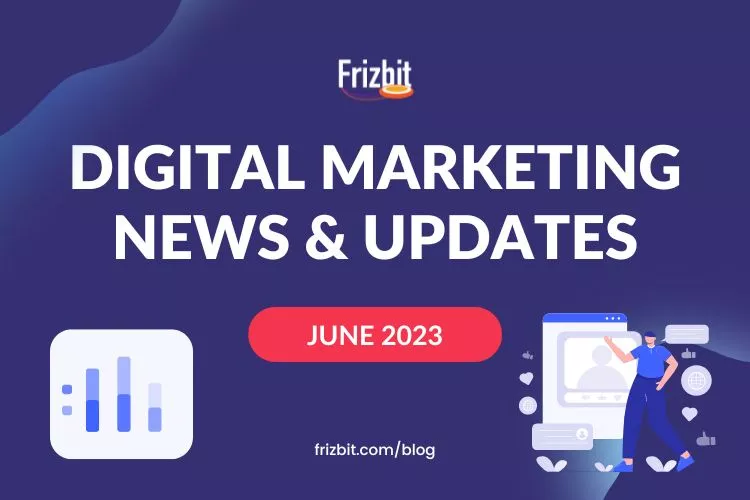
06/07/2023
Digital Marketing News & Updates from June 2023
Digital Marketing Updates, Insights and Strategy in 2025
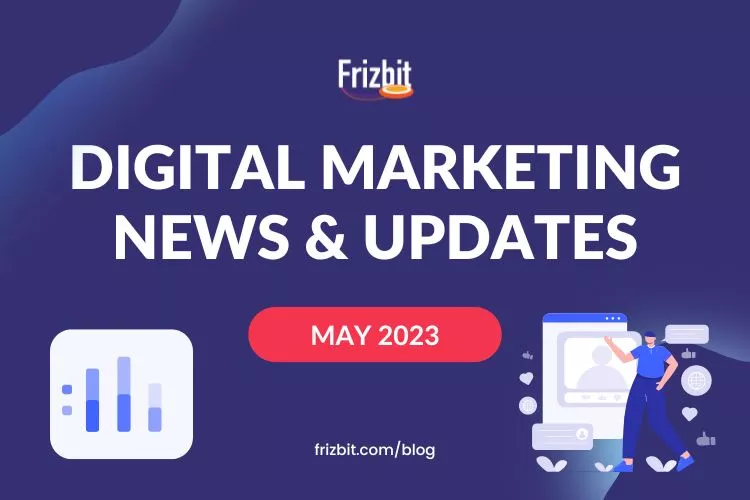
07/06/2023
Digital Marketing News & Updates from May 2023
Digital Marketing Updates, Insights and Strategy in 2025
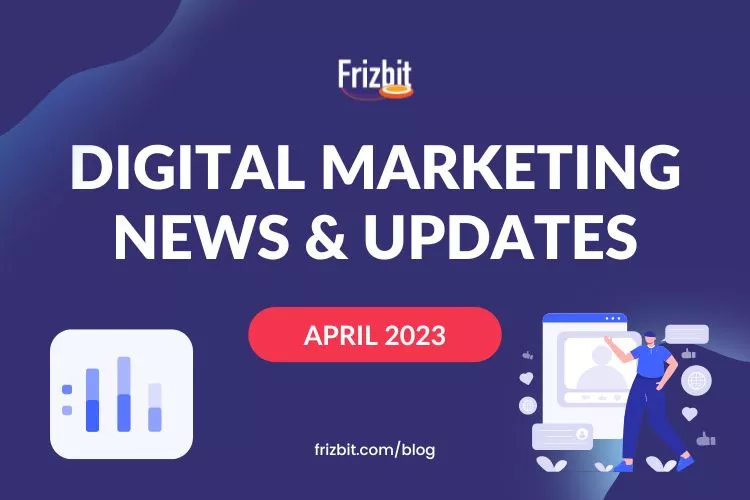
09/05/2023
Digital Marketing News, Trends and Insights from April 2023
Digital Marketing Updates, Insights and Strategy in 2025
